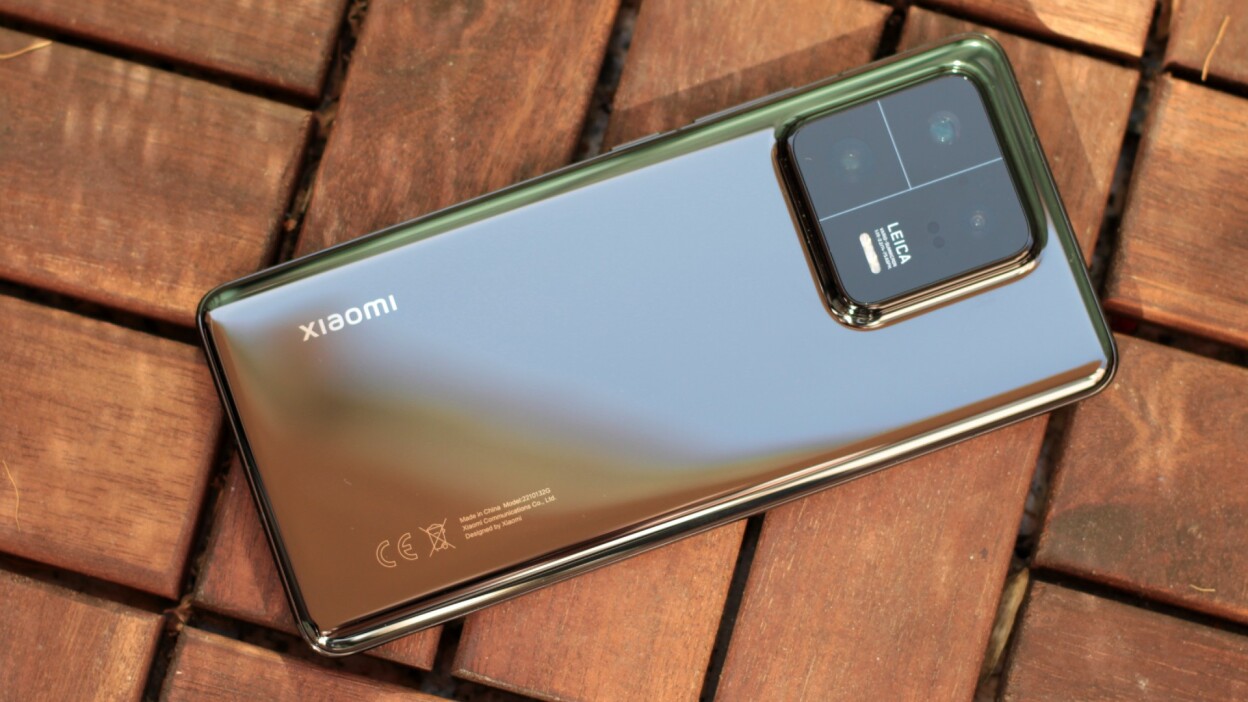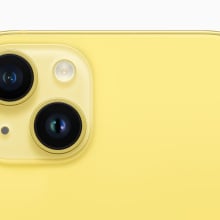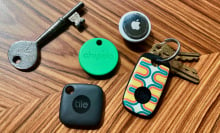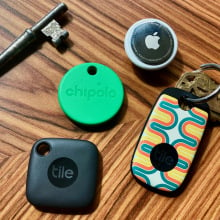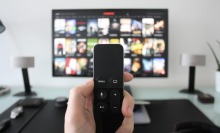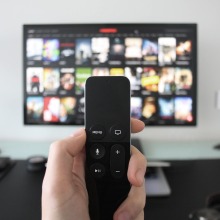Xiaomi is the world's third-largest smartphone maker, but it's sometimes doesn't feel like it, especially if you live in the U.S. There, Samsung is the de facto Android phone, with an occasional Motorola or a Google Pixel thrown in.
But even though Xiaomi's brand is more powerful in Asia and Europe, the company still makes great phones. Case in point, its new flagship, the Xiaomi 13 Pro. After a lot of experimenting with different designs and features, it appears that Xiaomi has finally settled in and produced a true flagship killer.
Elegant, slick, and slippery
The Xiaomi 13 Pro won't sell on looks alone. Xiaomi has been directionless when it comes to smartphone design, changing things radically with each new flagship, and never sticking to a recognizable, consistent design language. The Xiaomi 13 Pro has a massive, square camera bump with barely visible lenses (compare this to the 12 Pro which had a huge main camera lens that dominated the back of the phone) and prominent Leica branding. It has a slick ceramic back, rounded edges, and it feels like a quality-made object.
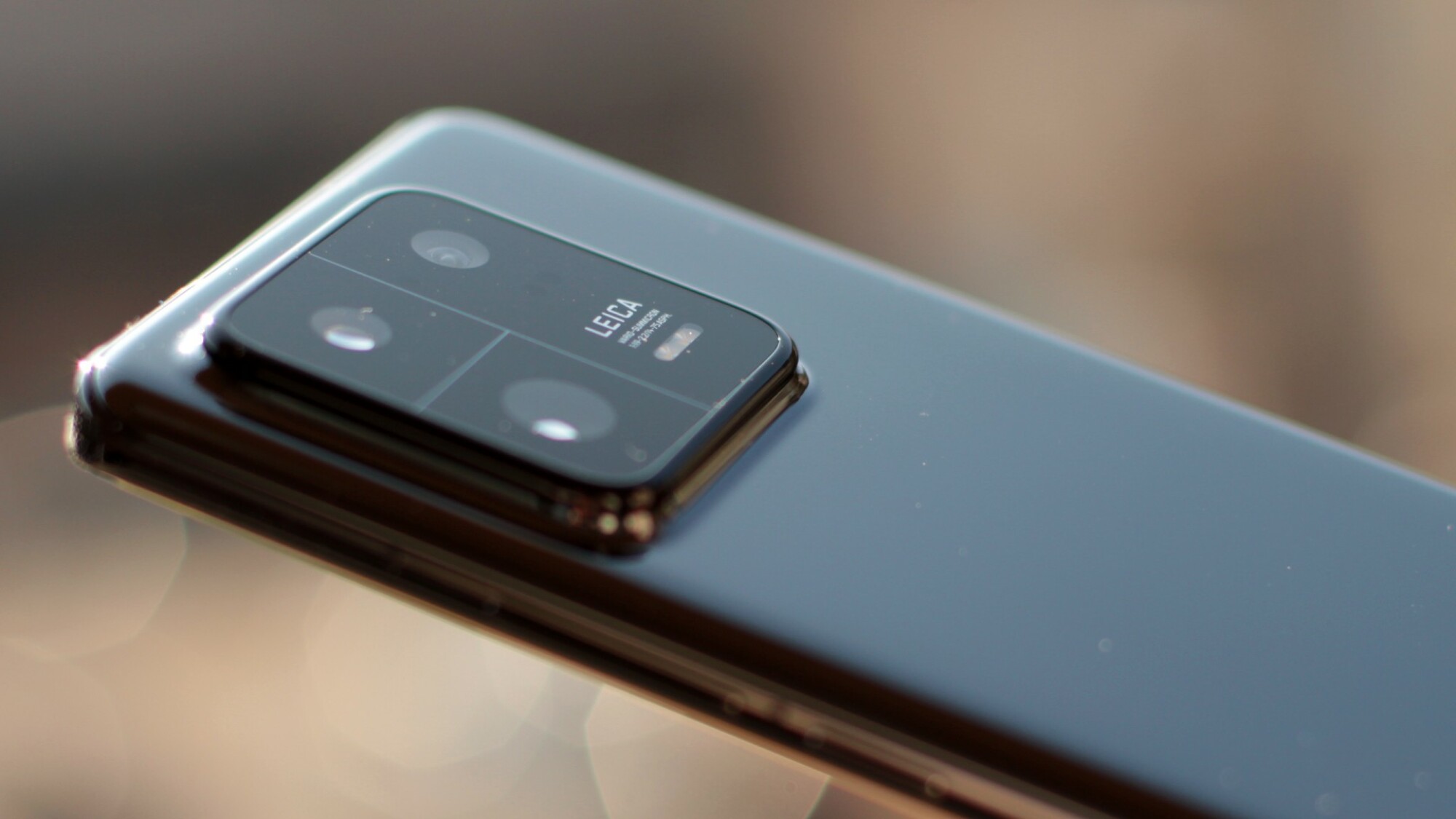
The unit I got is black all over, and if I'm being generous, I could compare the look and feel to that of a luxurious black limousine. I prefer it to the look of any other recent Xiaomi phone, but from a distance, it can look a bit bland. I'd rather have something more colorful; the global version of the phone also comes in white, which (judging from the promo photos I've seen) suits it better.
The rounded display edges and the ceramic back, while really nice to the touch, make the phone extremely slippery, so you'll definitely need a case for this one. Xiaomi included a very basic, see-through case with the phone, but you'll probably want something nicer.
Stunning display, lots of power, and great battery life
The display is a 6.73-inch, 120Hz AMOLED with a 3,200 x 1,440 pixel resolution (you'll have to turn it on manually in the settings; the phone defaults to a lower resolution to save battery life). It's gorgeous, with accurate colors, deep blacks and plenty of brightness when you need it. I compared it to the iPhone 14 Pro Max using my favorite test for phone displays, The Weeknd's "Starboy" video, and couldn't tell which display is better.
While I was at it, I blasted the sound on maximum. The Xiaomi 13 Pro has stereo speakers (down from quad speakers on the 12 Pro) and boasts Dolby Atmos sound with head tracking (similar to Apple's Spatial Audio). The sound is good but not nearly as loud and punchy as the sound coming from the iPhone 14 Pro Max.
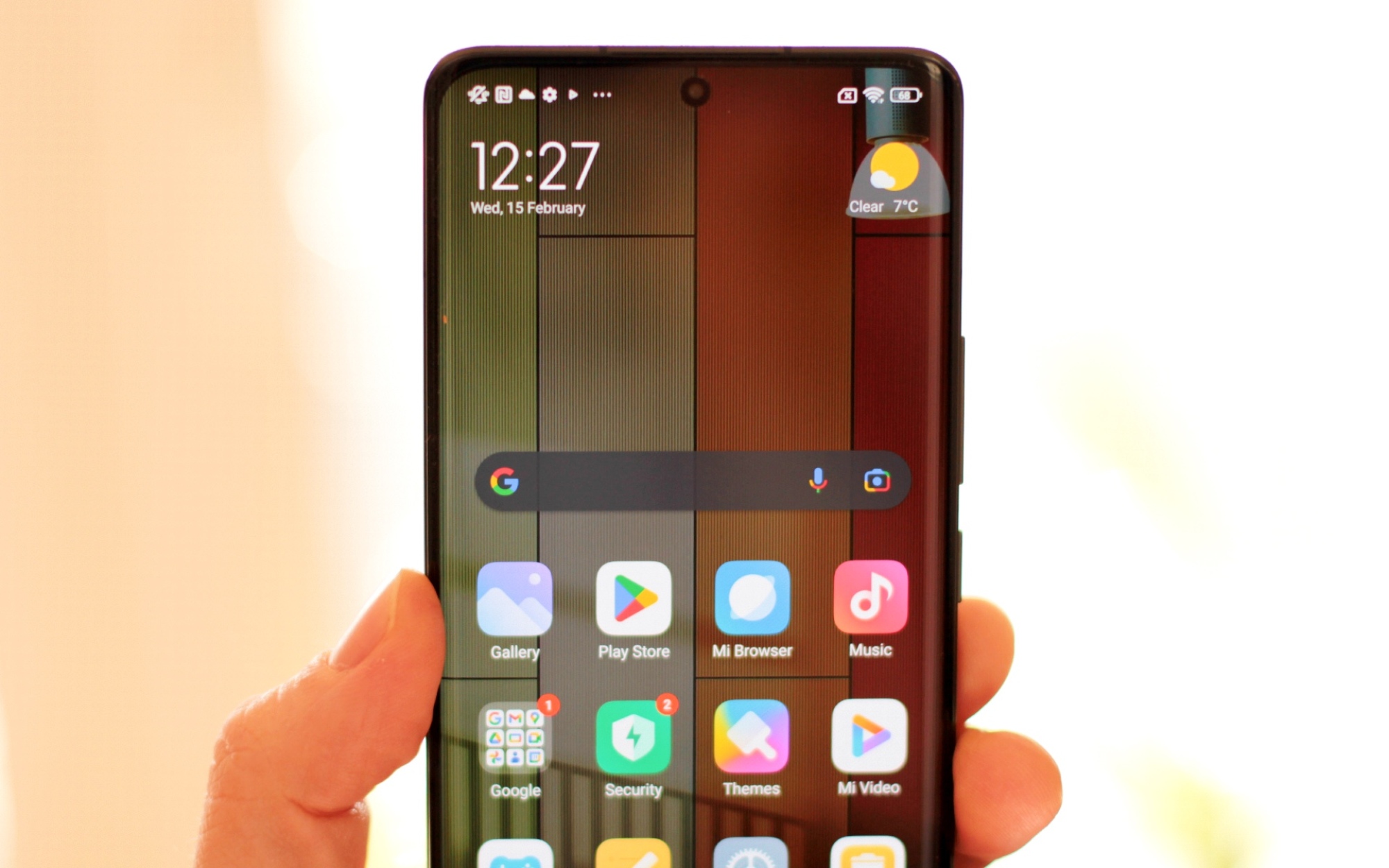
Xiaomi was the first company to announce a phone with Qualcomm's new Snapdragon 8 Gen 2 chip, the same chip that powers the Samsung's Galaxy S23 series. Coupled with 12GB of RAM, it makes this phone fast enough that I never wanted more power. Everything was fluid and responsive, no matter how many apps I had open in the background. A game of PUBG flew on the highest possible settings, and a pop-up window offered to further optimize the phone's performance for gaming, though I didn't notice much of a difference.
Having reviewed most major Xiaomi flagships that came out in the past couple of years, there was always a little something missing. This time, I'm happy to say that Xiaomi has finally reached the point in which its flagship has basically every important feature you can think of. Some highlights include incredibly fast wired charging that'll get the phone from 1 to 100% in about 20 minutes, Wi-Fi 7 capability, Bluetooth 5.3 support, and IP68 dust and water resistance.
Battery life was excellent; the phone lasted roughly two days, except when I pushed it to the limit with games. But with charging being this fast, it didn't even matter, I could always plug it in for a couple of minutes to get enough additional battery juice to last me another day.
A reasonable amount of bloatware
Software is traditionally the part in which phones from Xiaomi (and most other Chinese manufacturers) don't feel very premium, mostly because they come loaded up with crap that you probably don't need. Xiaomi has made improvements here, though some non-Google, third-party apps still do come preinstalled. Most of it is pretty common stuff, like Netflix, Spotify, and Booking.com, but I'd still prefer to install the apps I need on my own. Thankfully, all of it can be uninstalled.
The Xiaomi 13 Pro runs on the latest version of Xiaomi's Android skin, MIUI 14.0.11, with Android 13 underneath. It's a good and stable combo that doesn't shy from borrowing some features from iOS. Some of the new features compared to MIUI 13 include new menu icons which are now a little easier to see and the ability to create folders that are about four times as large as regular ones. I liked the changes and I felt at home with the Xiaomi 13 Pro, even though my main phone is an iPhone. The biggest issues I've had was finding that one pesky option in a sea of settings, but that's a common ailment among Android phones.
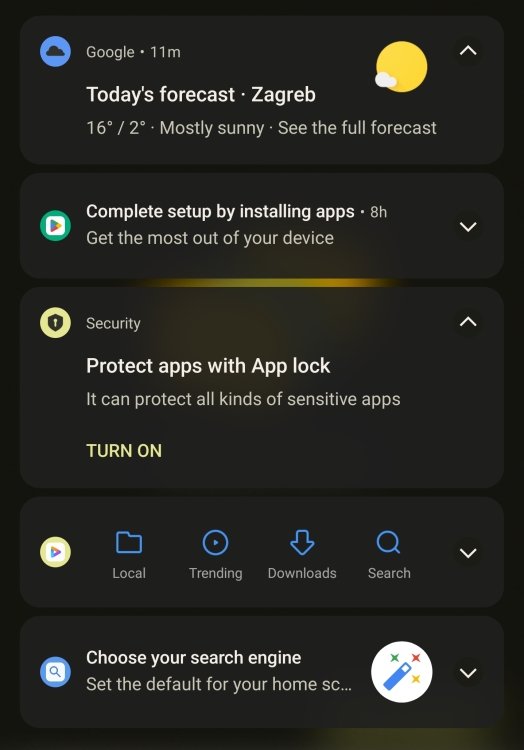
One thing that did annoy me were the constant notifications bugging me to install an app or do something that I don't care much about. Worse, some of those notifications are impossible to flick off; instead, the software requires you to interact with them or even turn an option on before the notification bubble is dismissed.
A much improved zoom
The power is there, and the features are all there. Outside of price, this means that this phone's camera quality will likely determine whether the 13 Pro is a true competitor for Samsung's mighty Galaxy S23 Pro and Ultra phones, as well as Google's Pixel 7 which don't boast a very high megapixel count, but win on Google's image processing power.
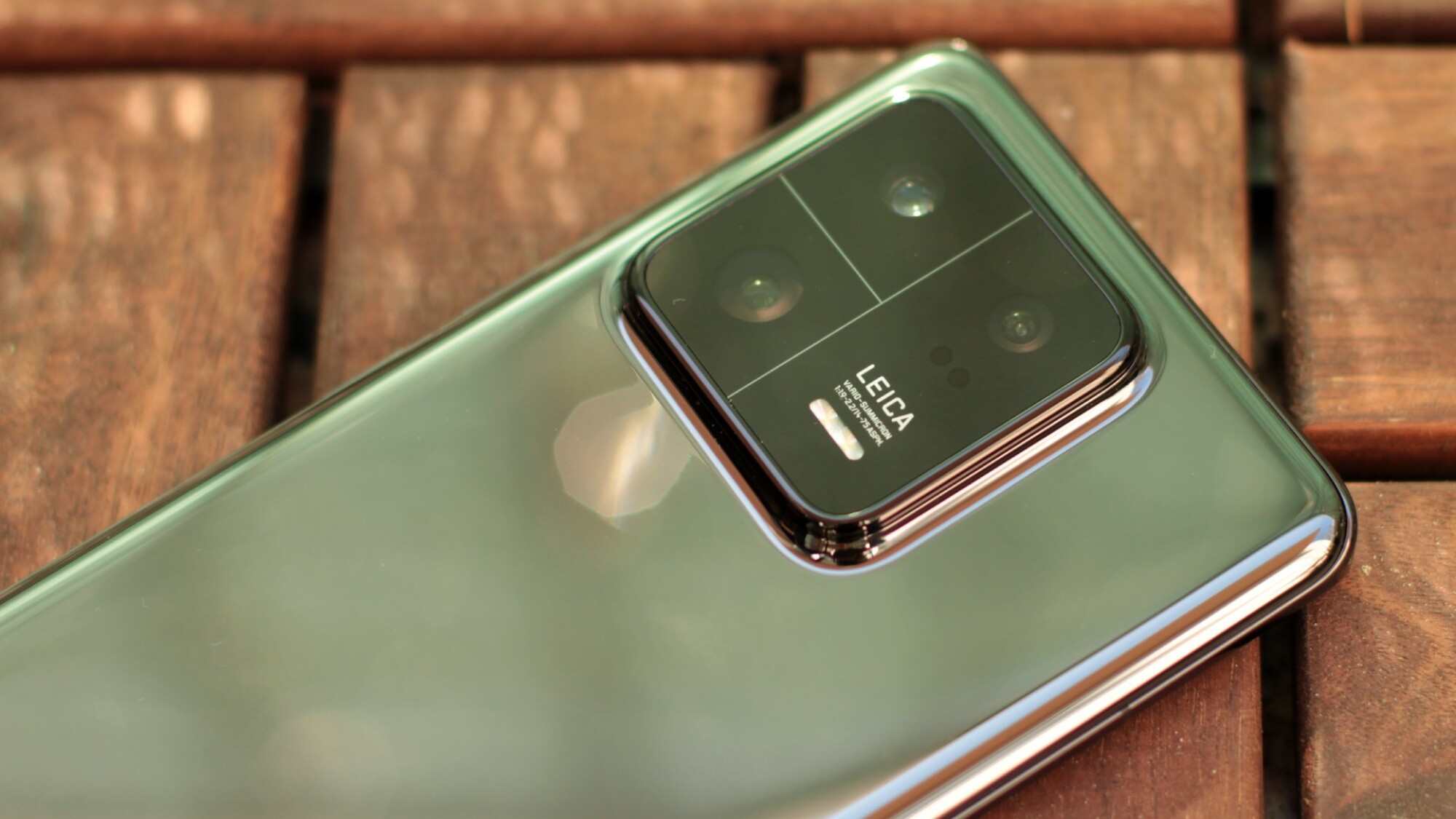
Despite the different look of the camera system compared to last year's model, the Xiaomi 13 Pro has similar camera specs. The rear camera still has three 50-megapixel sensors: one for the wide, ultra-wide, and telephoto cameras. It's a sound system, at least on paper, but the camera performance of Xiaomi phones was a bit uneven in recent years.
With the Xiaomi 13 Pro, it seems that the company (together with its camera partner, Leica), has finally found a good balance. The phone produces very good photos in all scenarios, even at night.
I was most impressed with the telephoto camera, which I used to take some incredibly sharp shots in the dusk. I've compared the Xiaomi directly to the iPhone 14 Pro Max, and it blew it away when it came to zooming in in low light.
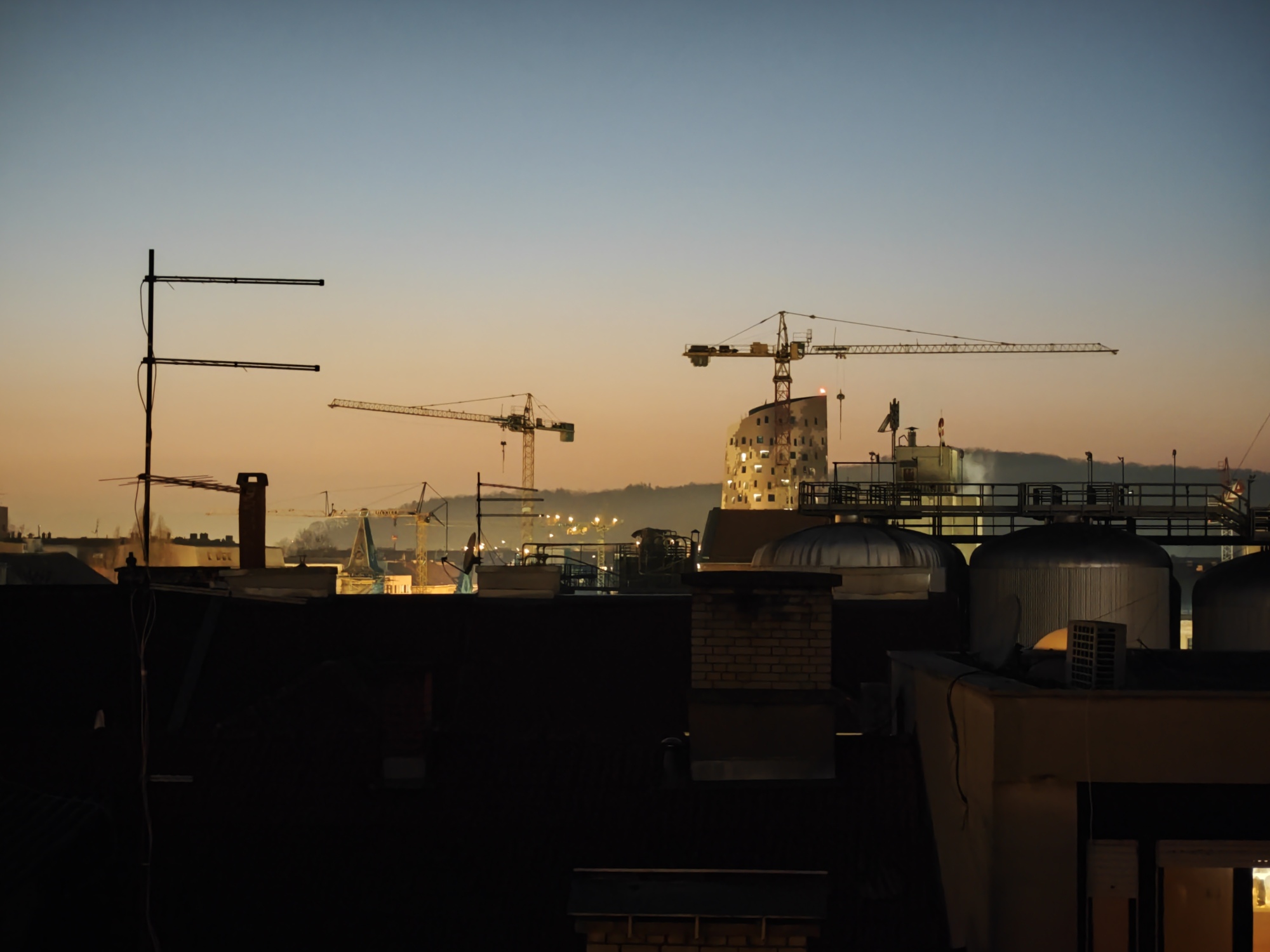
In daylight, the iPhone's telephoto camera took slightly sharper photos, but I preferred the far more natural look of the photos I took with the Xiaomi. Xiaomi's software defaults to 1x, 2x, and 3.2x zoom; if you pinch out to get even more zoom, you'll get 10x and 70x options. I was surprised to see that even 10x photos look pretty good, though anything above that was mostly useless as the photos got very artificial-looking.

All of this is in stark contrast to last year's Xiaomi 12 Pro, which had an underwhelming telephoto camera. Digging through the phones' specs reveals the reason: Despite the identical 50 megapixel count, the telephoto camera has been upgraded from a 48mm to a 75mm lens, and it now offers 3.2x optical zoom (compared to 2x optical zoom on the 12 Pro).
Xiaomi's main camera was mostly great, producing very bright and detailed photos in low light. Sometimes the low light photos leaned yellow, and sometimes the processing went too far, making the photos unnaturally bright, and leaving odd artifacts around light sources (see image below), but overall the photos were never bad.


Unsurprisingly, Xiaomi took excellent photos in daylight. The Leica-tuned camera software offers two basic shooting modes, "Leica Vibrant" and "Leica Authentic." I mostly stuck with the latter, but the difference is subtle, with "Vibrant" producing slightly brighter photos with more vibrant colors.

Xiaomi 13 Pro's ultra-wide camera is a step down in quality, and should be used only when the main camera just doesn't go wide enough.

If you go beyond Xiaomi's basic camera features and tap on the "More" button in the camera software, you'll get a ton more options, including exotic ones like Supermoon. Swiping far left in the bottom menu will open up Pro mode, which enables you to control nearly every aspect of the camera, including white balance, ISO sensitivity, and shutter speed. Overall, there's a ton of settings to go through, and I reckon only the most persistent users will try them all out.
Finally, the selfie camera is a 32-megapixel shooter that comes with a ton of options, including a multitude of filters and beautifying options; don't go overboard or you'll end up looking like a cartoon character. On default settings, the photos come out very detailed but soft and slightly washed out, which is pretty easy to fix in the settings.

Overall, it appears that Xiaomi has finally managed to put together a smartphone camera that takes great photos in most scenarios. It may not win every battle against other top phones, but it'll always be competitive.
The best Xiaomi phone in a while
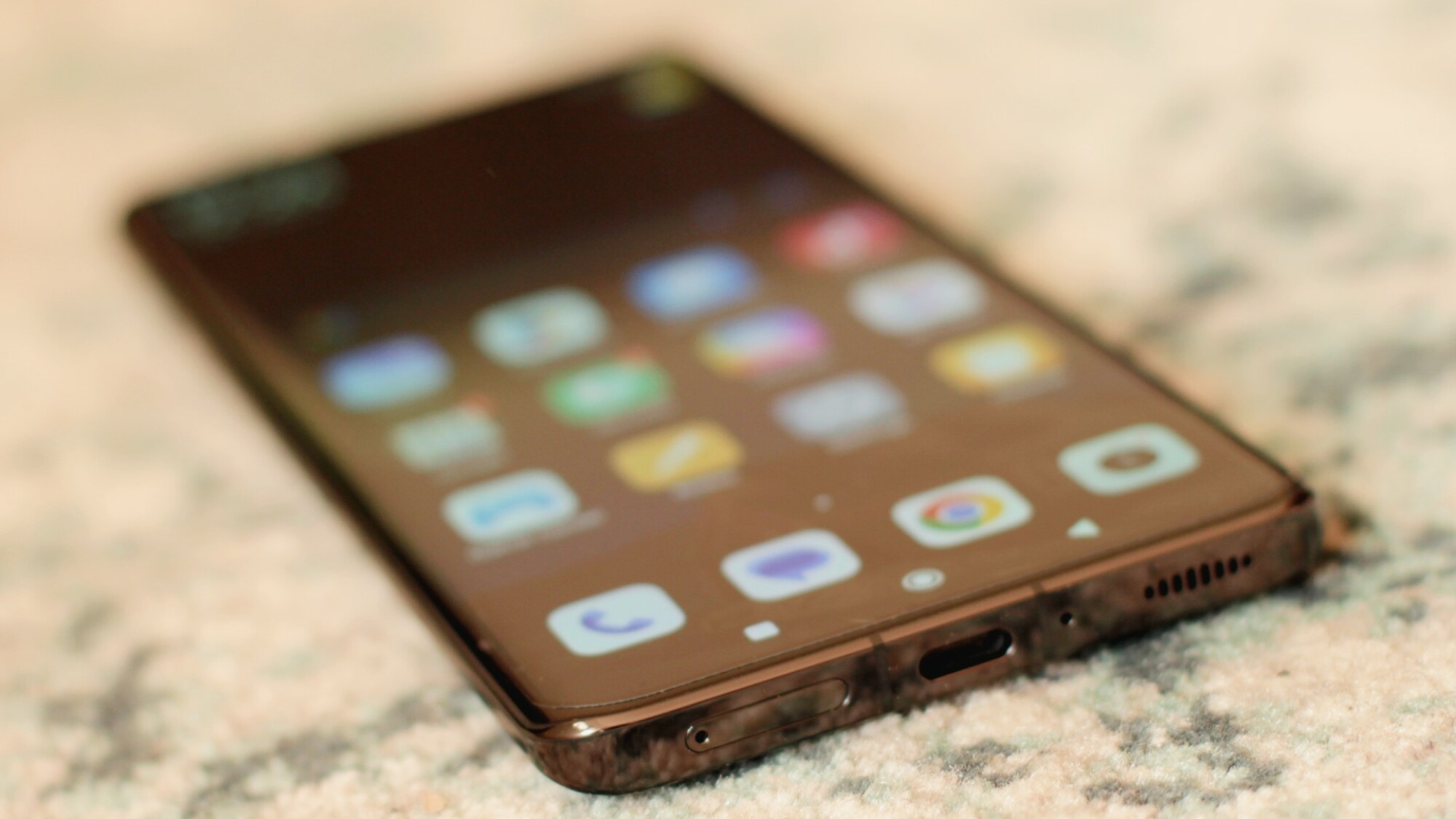
I like this phone more than I liked any Xiaomi phone that came out in the past couple of years. Its design may not be the most exciting, but it's pretty sleek nevertheless (be sure to check out both colors to see which one you fancy), with a gorgeous display and a fancy ceramic back. It matches Samsung's recently released Galaxy S23 Plus on power and features, and has a very capable camera system. It charges extremely fast, and its battery lasts up to two days.
At writing time, I had no info on a crucial piece of the puzzle: pricing.
UPDATE: Feb. 27, 2023, 3:32 p.m. CET Xiaomi has revealed the pricing for the Xiaomi 13 Pro, and it starts at 1,299 euros, which is a lot. It doesn't change the fact that the Xiaomi 13 Pro is a very good phone, but you shoud be aware that you can get a Samsung Galaxy S23 Plus and a Google Pixel 7 Pro for less.
